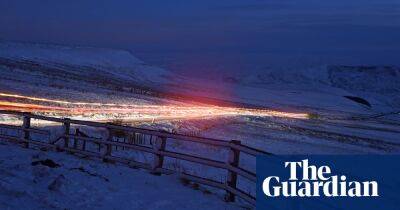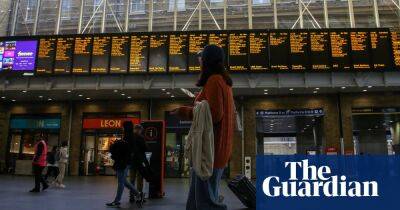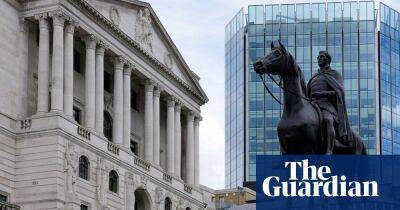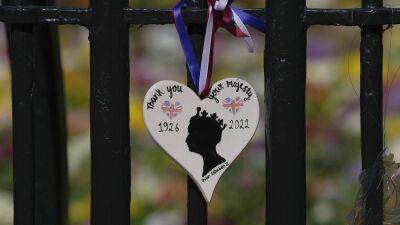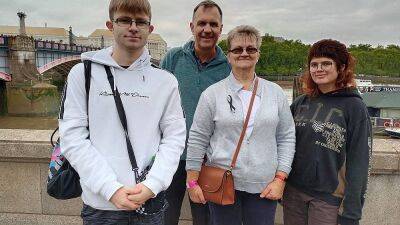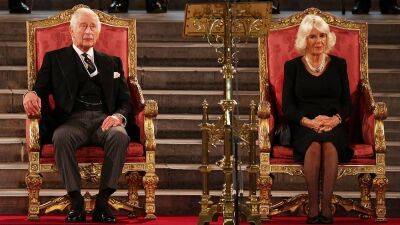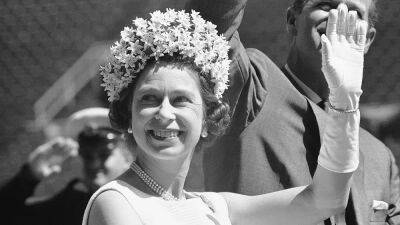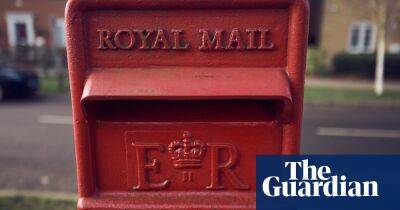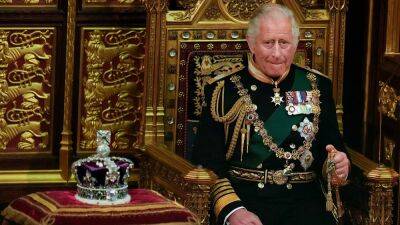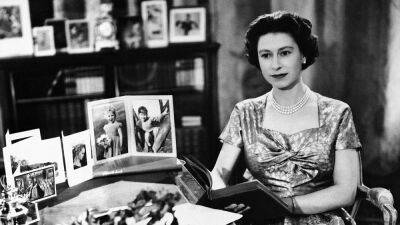From plastics to planes: How has the planet changed in Queen Elizabeth II’s 70 years on the throne?
The Queen’s record-breaking 70-year reign spanned a period of huge social, technological and political upheaval.
For the UK and the wider world, the second half of the 20th century saw rapid changes in the way we lived, worked and consumed. From the wide-scale adoption of plastics to the rise of cheap plane travel, since Queen Elizabeth II ascended to the throne on 6 February 1952, the world has changed dramatically.
And the first quarter of the 21st century has only seen things accelerate again. While climate change wasn’t a concept at the forefront of most people’s minds in 1952, it is now one of the most urgent issues of our times.
So how did the public’s attitude to the climate crisis develop during the Queen’s reign, and how green was the Queen herself?
We look back at some of the most environmentally important developments during Queen Elizabeth II’s reign and how she adapted to growing concerns about global warming.
When the Queen took to the throne, there were already signs of climate stress in the UK. Ten months into her reign, in December 1952, the Great Smog enveloped London.
Brought on by a combination of cold weather, an anticyclone (a system of winds that rotates about a centre of high atmospheric pressure) and windless conditions, London’s great smog was made up of airborne pollutants. Most of these came from the widespread burning of coal, which was still being used in domestic homes.
A thick blanket of pollution hung over the city from 5 to 9 of December, finally dispersing when weather conditions changed.
The smog even worked its way inside buildings in what is now thought to be the worst air pollution event in UK history. Modern estimates suggest that between 10,000 and 12,000 people died as a direct result as
Read more on euronews.com



